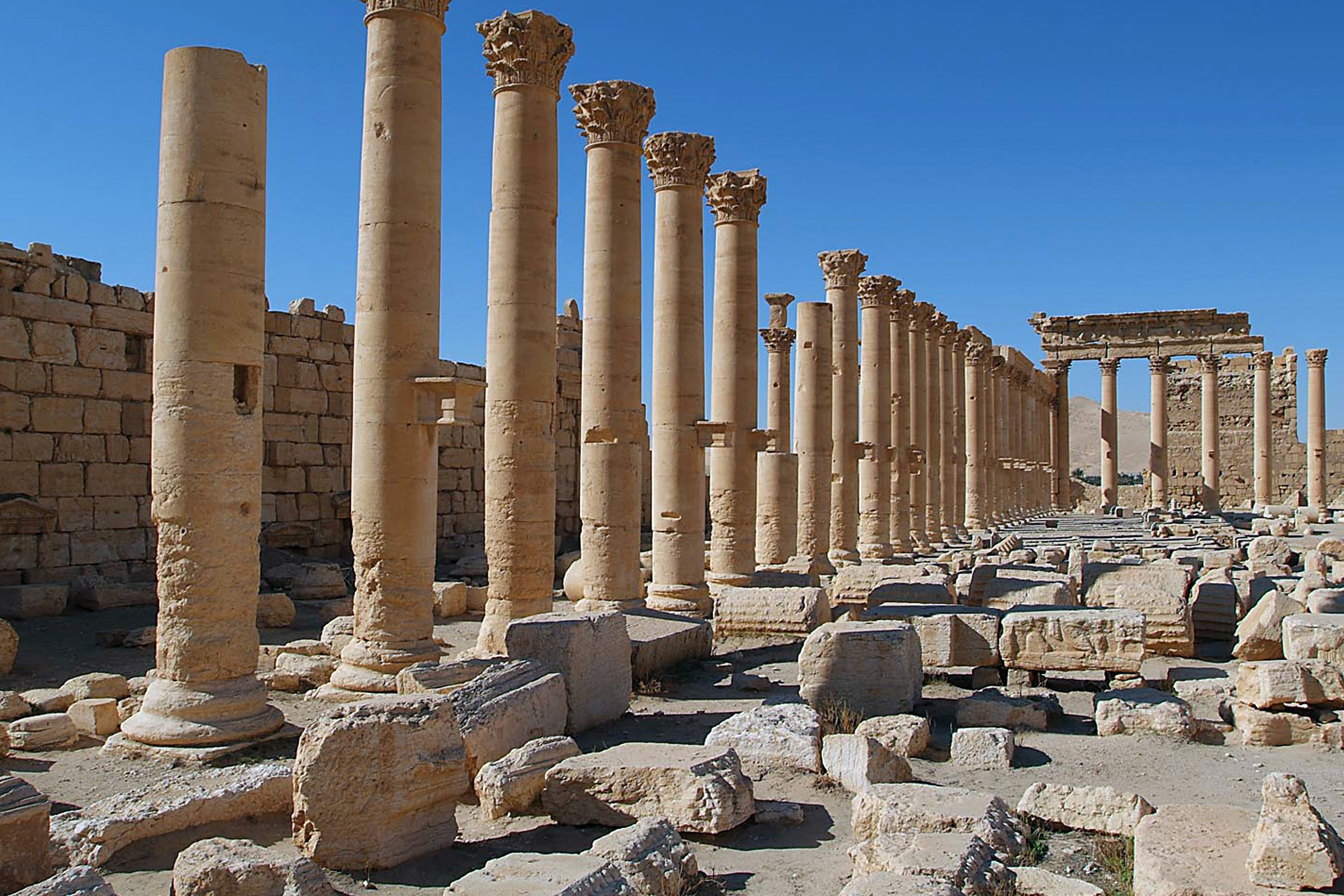Early last month, the Syrian government regained control from ISIS over the old popular tourist city of Palmyra—a UNESCO World Heritage site. With the help of Russian forces, the government found its treasured town in shambles and historical archaeological sites destroyed.
A pile of stones was left in place of the Arch of Triumph, built under the Roman Emperor Septimius Severus between A.D. 193 and A.D. 211. Now reduced to rubble, the historic arch once sat atop the famous colonnaded streets of Palmyra.
The Temple of Baalshamin and parts of the Temple of Bel—one of the best preserved Roman-era sites—were left in utter collapse.
“The egregious problem we face is not intrinsic to a religion but is very much about manipulation of religion as cover or justification,” according to Frank Fromherz, an adjunct instructor in Portland State’s sociology department.
Amr Al-Azm, a former Syrian antiquities official and active member of the Syrian opposition, spoke of a glimpse of hope among the devastation left by ISIS, “It is possible to do some restoration… [of] the Arch of Triumph. When ISIS blew it up…fortunately they didn’t do a very good job; there’s still a fair amount of it still standing. A lot of the stones originally part of the arch were on the ground in front of it. I think it is possible to repair that fairly quickly.”
However, Al-Azm believes that the Temple of Bel is a site almost impossible to repair. Archaeologists and engineers may be able to rebuild the temple by incorporating modern and older stones to give a sense of history to the monument, but “it won’t be the same monument.”
Syrian troops are working hard to bring a sense of safety back to the city. The retreating militants left the city booby-trapped with bombs.
Researchers across the globe are working on reconstruction methods to salvage Palmyra’s destroyed treasures. According to Roger Michel, director of the Institute for Digital Archaeology, the destroyed artifacts can be reconstructed by creating blueprints that will enable digital reconstruction.
Palmyra was overtaken by ISIS in May of last year after driving out the Syrian government in a matter of days. For ISIS, control over Palmyra holds both strategic and symbolic significance in their fight against the Syrian government. Strategically, the city is located along a key route into the area currently under ISIS’ control. Symbolically, the town carries cultural and historical treasures.
The United Nations has previously condemned such deliberate cultural destruction as a war crime.





